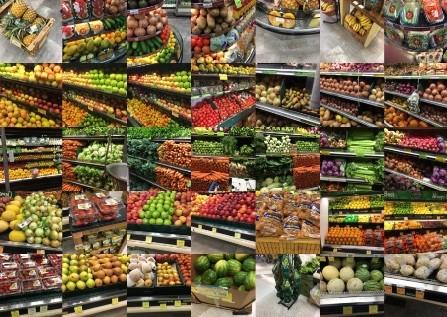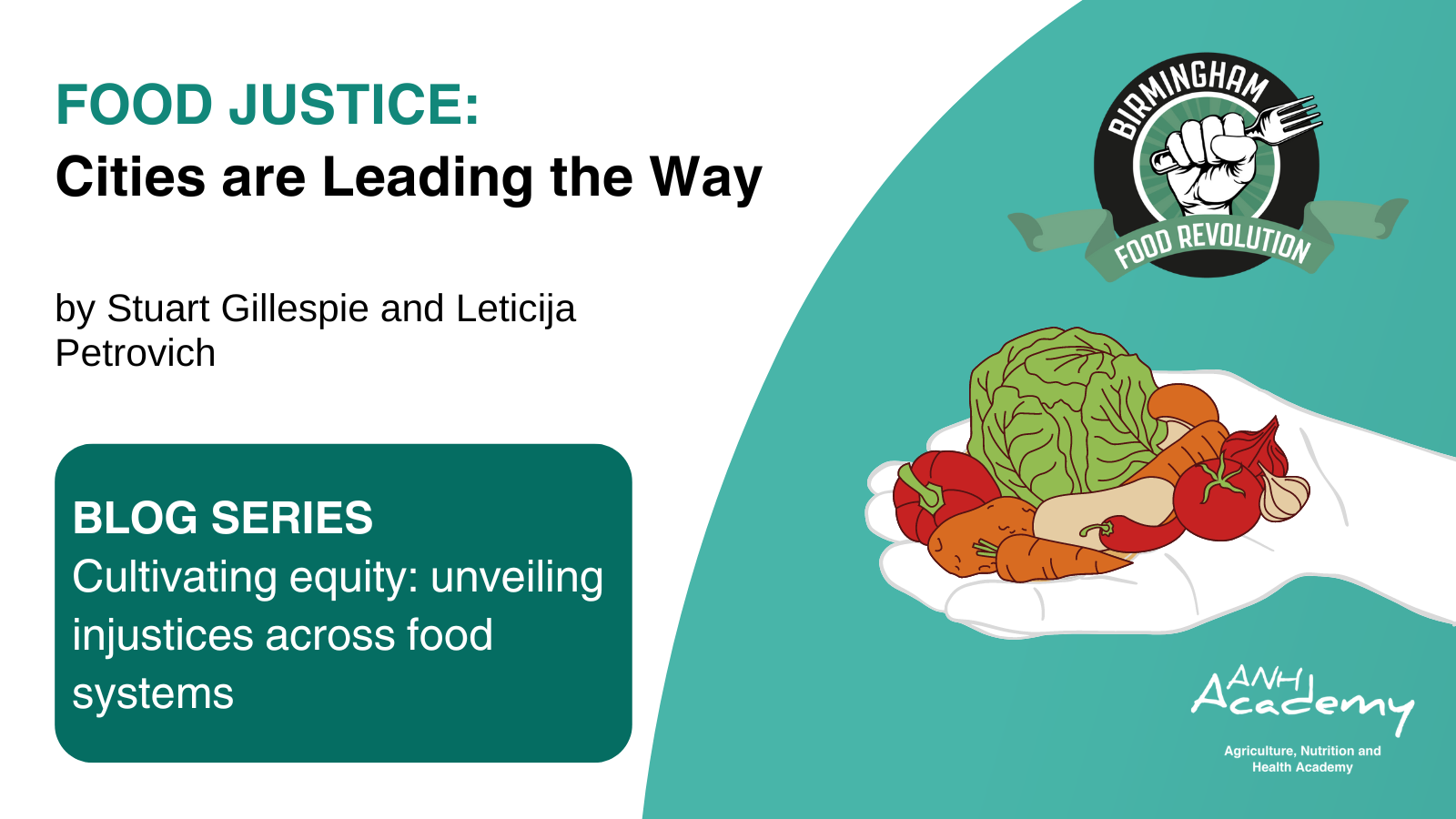
To address this shortcoming and to develop a community of practice around food environment research, a workshop – “Building a Food Environment Community of Practice” - recently took place at the University of Hawa’ii at Manoa. As a starting point, discussion at the workshop defined the food environment as the types of food available, affordable, convenient, and desirable in a given place.1 That is, the external influences on an individual’s food choice rather than personal preferences and individual resources, such as income and time. Whilst defining and understanding the food environment is one thing, measuring it is a next step.
Different approaches to measuring food environments
Rapid food environment measurement: demonstration of simple tools
While comprehensively measuring the food environment can be daunting, the workshop highlighted that valuable data can be gathered relatively simply, cost-effectively, and rapidly. The Food and Health Lab group took advantage of the unique food environment of Hawai’i to carry out food environment research on the spot. Dr. Selena Ahmed and Dr. Carmen Byker Shanks applied their validated Produce Color Diversity Tool to rapidly assess the diversity of fruits and vegetables in markets across a rural to urban continuum. This food environment tool has been pilot tested in Yunnan, China and Mexico, and is currently being submitted for publication for use by other researchers.
 |
|
Above: A collage of photos taken in the Hawaii food environment.
Credit: Carmen Byker Shanks
|
Key points and priorities highlighted through the workshop
-
Measurement is necessary to understand and to manage food environments to support healthy food choices.
-
Scale up use of relatively simple measures of food availability and prices in food markets and use them for monitoring within and across countries.
-
Because the food environment is a multifaceted concept, multiple tools that complement each other are needed to comprehensively capture it. Both objective measures and subjective measures are needed. In some contexts, wild and cultivated food environments play a notable role in addition to the built environment and should be taken into account in food environment research.
-
As the concept of food environments is increasingly applied globally, metrics are needed with common scales and interpretability across diverse contexts.
By Anna Herforth1, Selena Ahmed2, and Carmen Byker Shanks2
References
-
Herforth, A.; Ahmed, S. 2015. The Food Environment, Its Effects on Dietary Consumption, and Potential for Measurement Within Agriculture-Nutrition Interventions. Food Security 7(3): 505-520
-
Byker Shanks, C.; Ahmed, S.; Smith, T.; Houghtaling, B.; Jenkins, M.; Margetts, M.; Schultz, D.; Stephen, L. 2015. Quality of Fruits and Vegetables using the Nutrition Environment Measurement Survey (NEMS) is Lower in More Rural Counties of Montana. Preventing Chronic Disease 12:150158
-
Byker Shanks, C.; Jilcott Pitts, S.; Gustafson, A. 2015. Development and Validation of a Farmers’ Market Audit Tool in Rural and Urban Communities. Health Promotion Practice. 16:85






